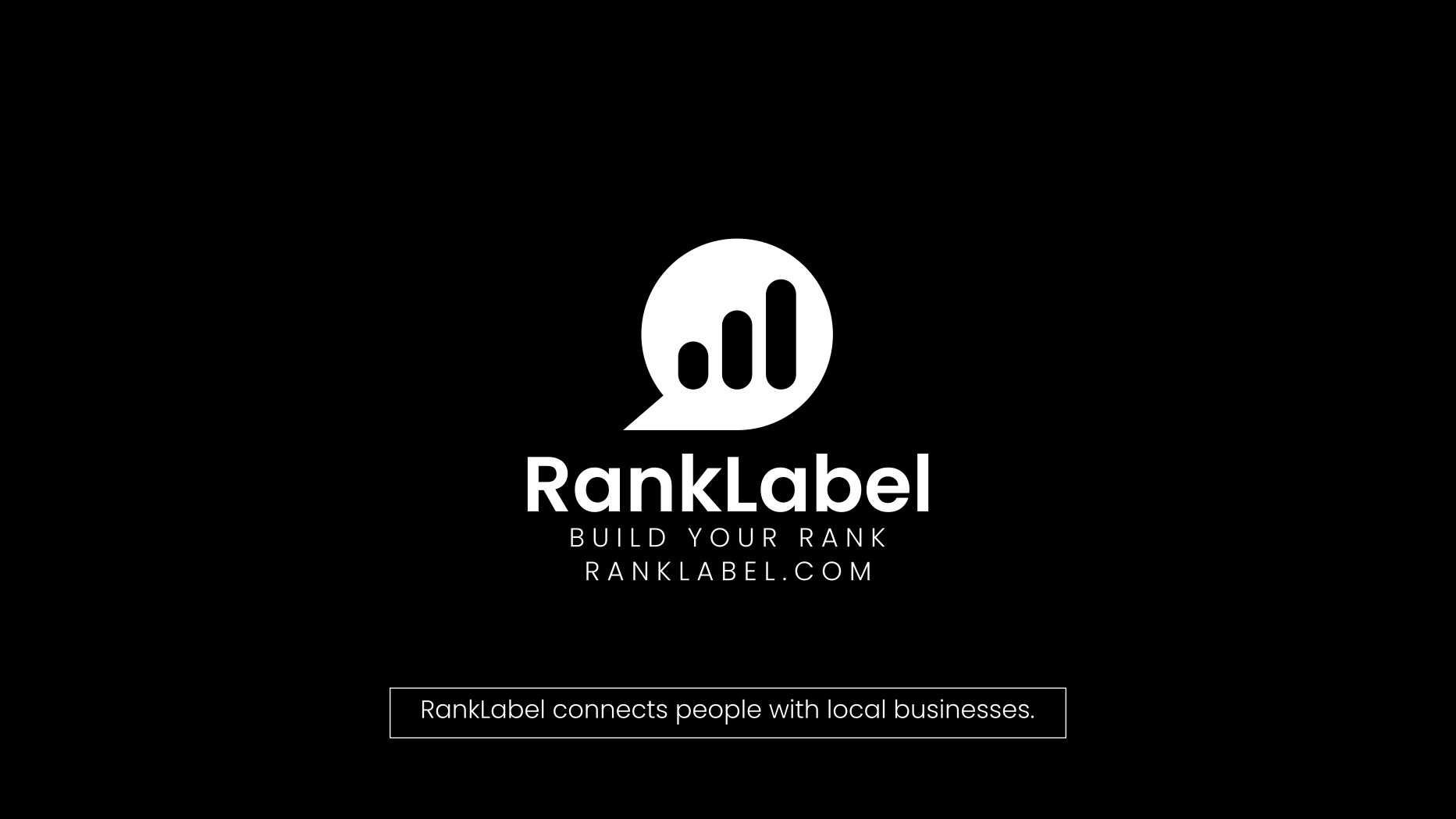How Seinfeld's Puffy Shirt Could Have Been a Hit: The Role of 3D Printing in Fashion and Aerospace

Remember the episode of Seinfeld where Jerry unwittingly agrees to wear a "puffy shirt" on a national talk show? This comedic mishap could have turned out differently with today's technology, specifically through custom 3D printing. Just imagine if Kramer had access to a 3D printer and could adjust the design minutely to create something less 'pirate' and more haute couture. This idea isn't as far-fetched as it sounds. Today, 3D printing technology is revolutionizing industries, including fashion and aerospace, transforming how we design, develop, and produce products.
The Frontier of 3D Printing in Aerospace
The aerospace sector has always been at the forefront of adopting groundbreaking technologies. With 3D printing for aerospace, the industry sees a paradigm shift in manufacturing capabilities, efficiency, and product reliability.
Revolutionizing Aircraft Component Production
3D printing, or additive manufacturing, has enabled aerospace engineers to dream bigger. Components can be produced more quickly and with less waste material, crucial for maintaining the sustainability of aerospace manufacturing.
Key Benefits of 3D Printing in Aerospace
- Reduced weight of aircraft components.
- Increased complexity of design without additional costs.
- Shorter lead times for part production.
- Enhanced strength and durability of materials.
These benefits collectively contribute to more efficient aircraft performance and lower environmental impact, aligning with global sustainability goals.
Case Studies and Innovations
The practical applications of 3D printing in aerospace are not limited to theoretical benefits. Companies like Boeing and SpaceX have successfully integrated 3D-printed parts into their aircraft and spacecraft, showcasing the reliability and effectiveness of this technology.
Examples of 3D Printing Success in Aerospace
- Boeing's use of 3D-printed titanium parts in the 787 Dreamliner.
- SpaceX's development of 3D-printed rocket engine components.
- NASA's experiments with 3D printing in zero-gravity environments.
- The creation of lighter and more robust drone frames.
These examples not only underline the adaptability of 3D printing in different contexts but also highlight its potential to drive future aerospace innovations.
Transforming the Fashion Industry with 3D Printing
Back to the realm of the Seinfeld show, if Kramer’s girlfriend, the low-talking fashion designer, had utilized 3D printing for fashion, the infamous puffy shirt might have been a trendsetter. Today, fashion designers are using 3D printing to create everything from avant-garde dresses to intricate jewelry and customized footwear.
Customization at Its Core
One of the biggest advantages of 3D printing in fashion is the ability to customize products to individual preferences and sizes, much like creating a shirt that both Jerry and Kramer could agree on.
How 3D Printing is Personalizing Fashion
- Designing bespoke accessories that reflect personal style.
- Creating costumes for movies and theater with intricate detailing.
- Producing made-to-measure clothing for a perfect fit.
- Enabling rapid prototyping of design concepts.
This level of customization is changing consumer expectations and pushing designers towards more innovative, responsive design approaches.
Innovations and Future Trends
As 3D printing technology evolves, its influence spreads across various facets of fashion, from the runway to retail.
Emerging Trends in 3D Printed Fashion
- Use of sustainable and recycled materials for printing.
- Collaborations between tech companies and fashion brands.
- Growth of digital fashion and virtual fittings.
- Advancements in 3D printing speed and color capabilities.
The intersection of technology and creativity is bringing about a new era in fashion, marked by sustainability and innovation.
Custom 3D Printing: Beyond Imagination
The ability to create tailored products extends beyond the domains of aerospace and fashion. Custom 3D printing is making significant impacts across various sectors, ensuring that the potential for innovation is virtually limitless.
Applications Across Industries
Whether it's creating prosthetics that perfectly fit the user or developing parts for vintage cars that are no longer in production, custom 3D printing is a game-changer.
Broadening the Scope of Custom 3D Printing
- Healthcare: Prosthetics and implants customized for patients.
- Automotive: Replacement parts for classic cars.
- Consumer goods: Personalized gadgets and home decor.
- Education: Tailored educational tools and models.
The flexibility offered by 3D printing technology allows for endless possibilities, transforming ideas into tangible products with precision and efficiency.
Integrating 3D Scanning with Printing
The synergy of 3D scanning and printing is perhaps the most thrilling progression in the realm of additive manufacturing. By first scanning an existing object or environment, designers can create highly accurate and completely customized replicas or modifications.
Enhancing Design Accuracy and Efficiency
The integration of scanning and printing streamlines the production process, from initial concept to final product, ensuring accuracy and reducing time-to-market.
Advantages of Combined 3D Scanning and Printing Technology
- Precise replication of artifacts and historical objects.
- Ability to reverse engineer solutions in manufacturing.
- Streamlined prototyping processes.
- Enhanced customization of consumer products.
As this technology continues to evolve, the potential for innovation expands, promising exciting new applications in numerous fields.
Tags: 3D printing for aerospace, 3D printing for fashion, Custom 3D printing, 3D scanning and printing










